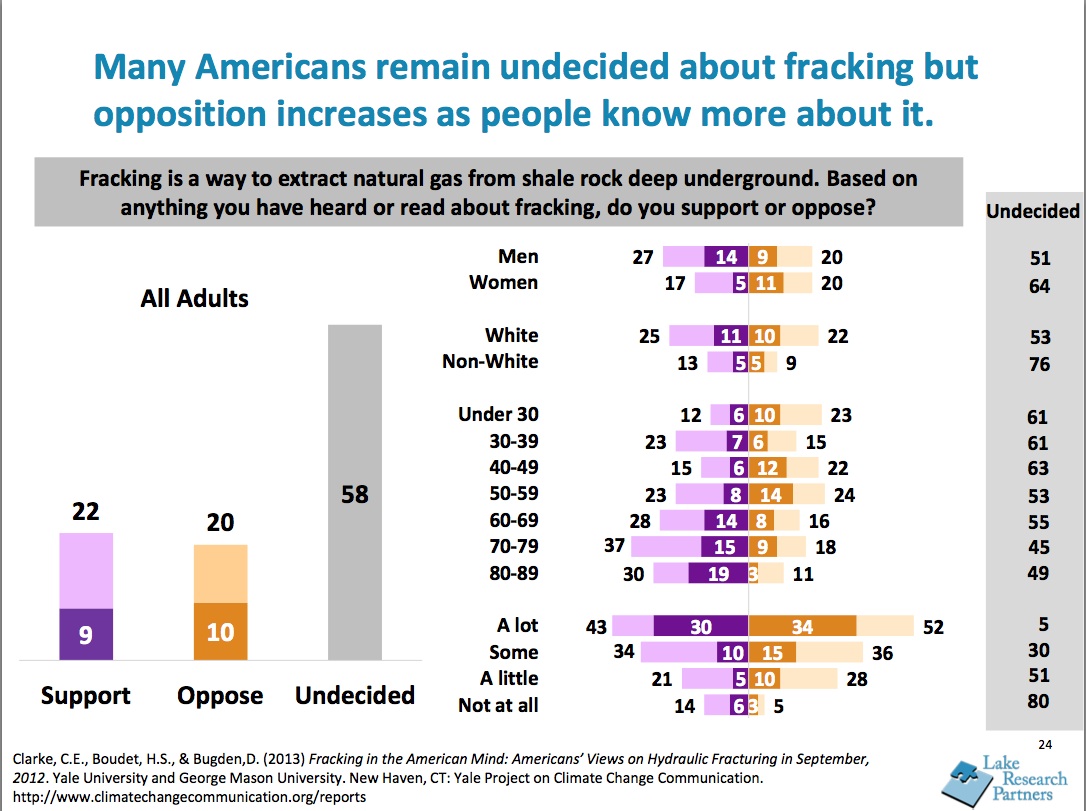Lauren Linville, HEFN’s Communications Associate, authored this post.
Every year, HEFN’s staff and planning committee members invite leading experts, researchers, advocates, and funders to share their insights and work at our annual meeting. And every year we’re blown away by the incredible amount of knowledge, resources, and experience in the room, which is why we’re pleased to bring you a recap of some great resources and materials shared by speakers at this year’s Annual Meeting:
Tools & Technology
Technology is fun. And our friend – as the speakers from Public Lab and Carnegie Mellon University’s CREATE Lab demonstrated. Inexpensive and accessible do-it-yourself tools that equip local “civic scientists” to investigate, collect, and analyze data on environmental conditions in communities can help to enrich the connections between hazards and health. Some of the tools exhibited at this year’s meeting included:
- A desktop spectrometer that tests for heavy metals, oil contamination, or other toxics without needing to have access to a lab.
- Balloon mapping kit, which have been used to take aerial photos to document contamination, wetlands loss, or temporary conditions, like a protest.
- A Speck sensor to help track personal exposure to air particulates.
- Accessible satellite imagery that is being used to compile time lapse videos of changing environmental conditions, such as Coal Mining in Wyoming between 1984 and 2012 and urban expansion in Las Vegas between the same years.

Understanding & Engaging New Demographics
U.S. demographic maps are shifting and we benefitted from having two of the country’s leading experts in the room to help us get up to speed. Manuel Pastor offered insight from his latest report, Moments, Movements and Momentum: Engaging Voters, Scaling Power, Making Change, which outlines how integrated voter engagement efforts are being used to create a sustained infrastructure for civic participation. His remarks also touched on what demographic shifts illustrated by the 2012 presidential election meant for environmental health and justice.
A poll-results-packed presentation from Celinda Lake also gave considerable background on opportunities and challenges advocates face engaging the public in environmental health issues. Both Celinda and Manuel’s presentations are available from HEFN staff.
Strengthening Democracy
This year’s meeting repeatedly emphasized links between a strong democracy and progress on environmental health and environmental justice. A keynote from the Advancement Project’s Judith Browne Dianis especially touched on these connections, helping us understand how threats to voter rights, like photo ID requirements and shortening early voting hours, can impact work to protect the environment and health. An infographic depicting restricting voting legislative activity in 2013 (right) and other resources from the Advancement Project are available for funders interested in learning more about these issues.
Interested in a presentation or resource mentioned at the meeting but not listed here? No problem! Send us an email and we’ll help track it down for you. Like what you saw/heard at our meeting or have a suggestion to make it better? Let’s talk! We’re currently recruiting funders to join our 2014 Annual Meeting planning committee.

